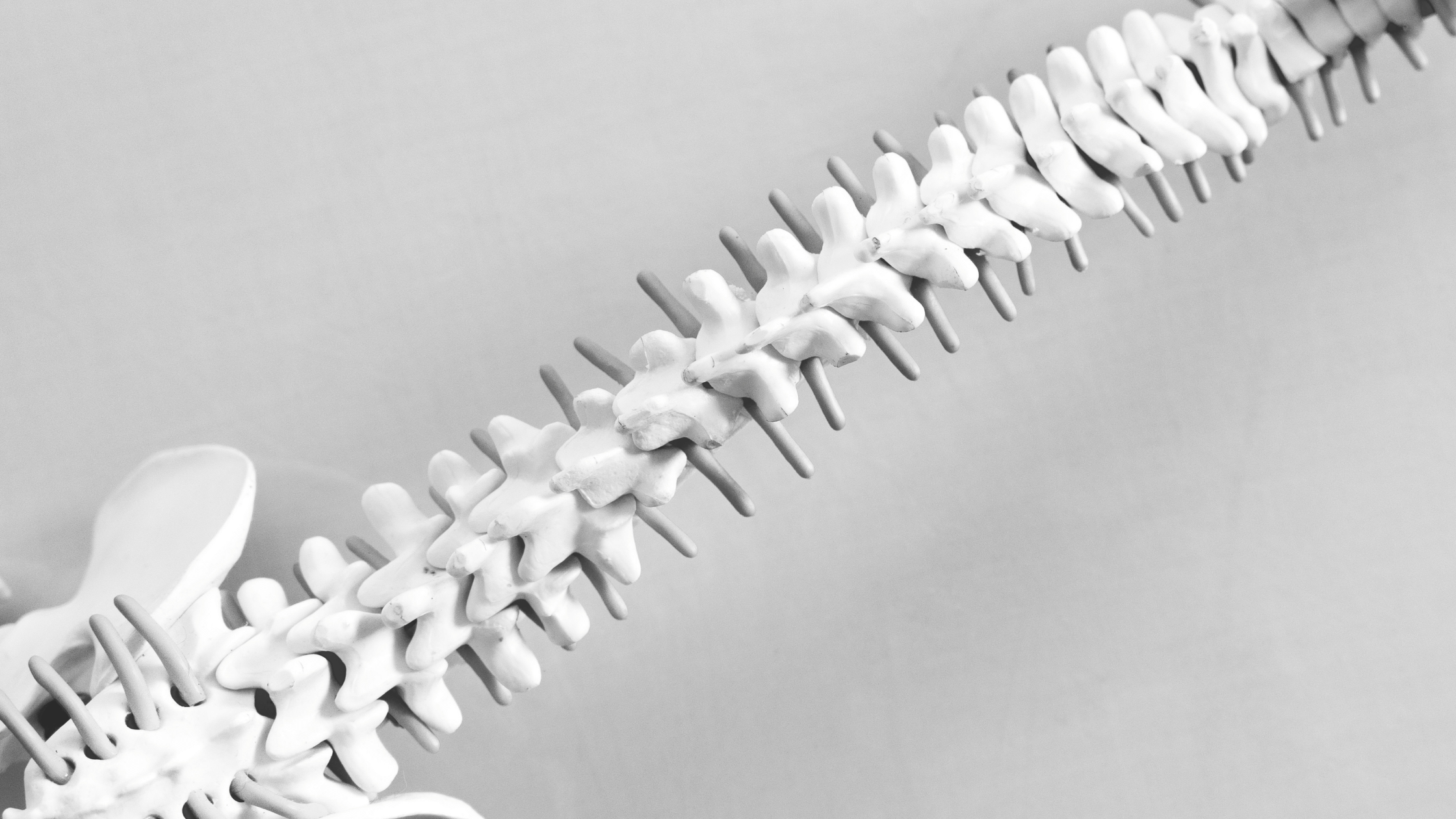

Imagine subluxations as tiny electrical short circuits in your spine. When one or more vertebrae move out of alignment, they put pressure on spinal nerves, disrupting the flow of messages to and from your brain. This disruption can impact your body’s functions, affecting not only your muscles but also your organs and overall health.
But what causes subluxations? They can stem from various factors, including physical causes like accidents or poor posture, emotional stress, and even chemical imbalances from a poor diet or substance abuse. Essentially, anything that affects your body’s tissue function and structure can contribute to subluxations.
Now, can you feel subluxations? Sometimes, but not always. Symptoms can vary widely, from pain and discomfort to decreased mobility or systemic issues like headaches or digestive problems. However, some subluxations can lurk undetected for years, much like a hidden cavity in your tooth.
So, the big question: do subluxations go away on their own? Well, it depends. While minor subluxations may resolve through the body’s natural healing processes, many require professional intervention, especially if they’ve been lingering for a while.
That’s where chiropractic care comes in. While it’s not a quick fix, chiropractors can realign vertebrae and relieve pressure on nerves through tailored adjustments. At Robina Chiropractic Wellness Centre, we utilize advanced techniques like chiropractic biophysics, supported by specialized traction equipment, to effectively treat and manage subluxations.
But chiropractic care isn’t just about correcting existing issues—it’s also about prevention. Regular check-ups can identify and address subluxations before they escalate into more serious problems. Plus, chiropractors provide recommendations for at-home exercises and lifestyle adjustments to support long-term spinal health.
In conclusion, while some minor subluxations may resolve on their own, most require professional intervention to prevent long-term health issues. Regular chiropractic care isn’t just a treatment—it’s a proactive approach to maintaining overall health and well-being. So, don’t wait until your subluxations become a bigger problem; schedule a check-up today and invest in your spinal health for the future!
